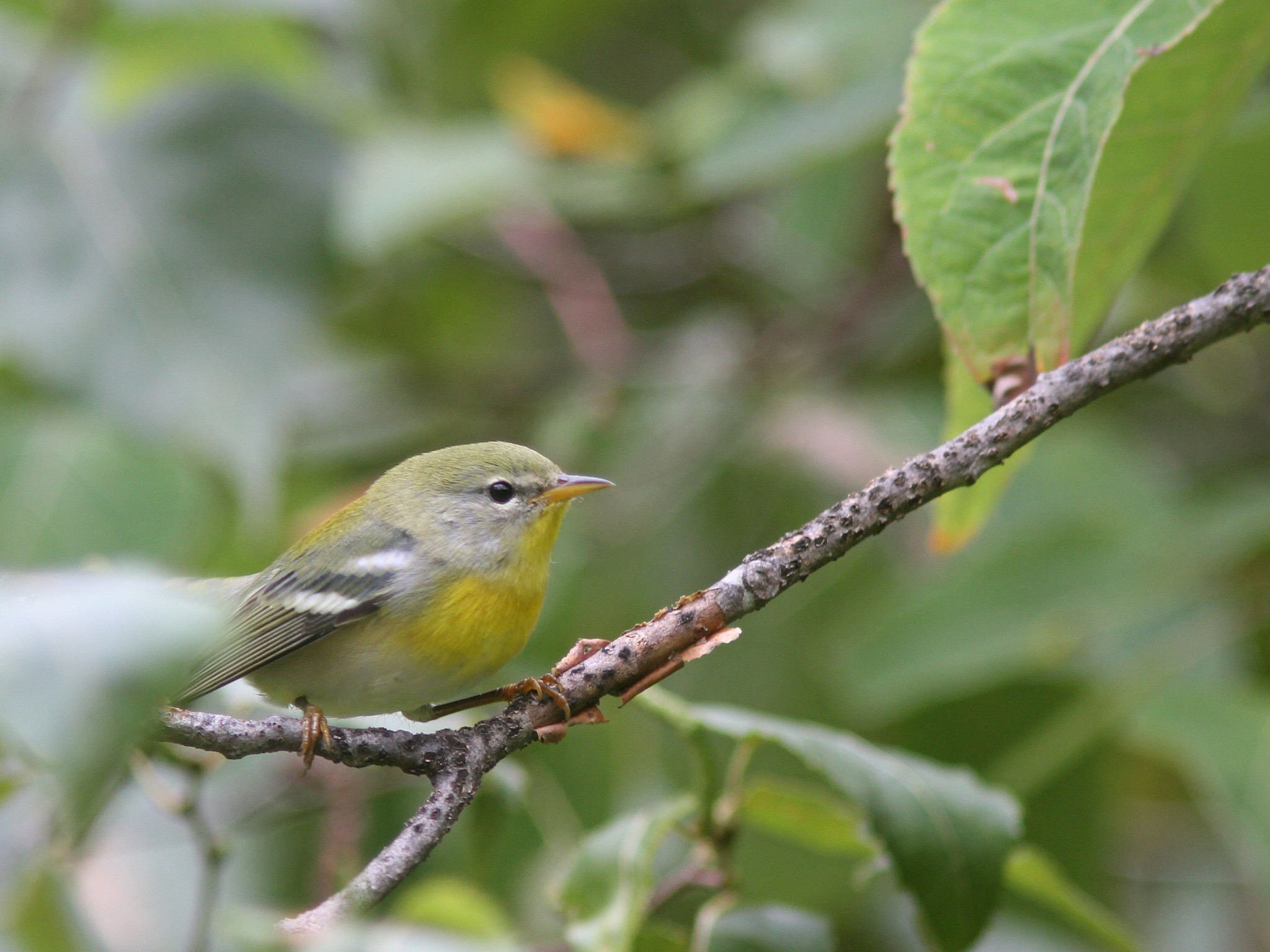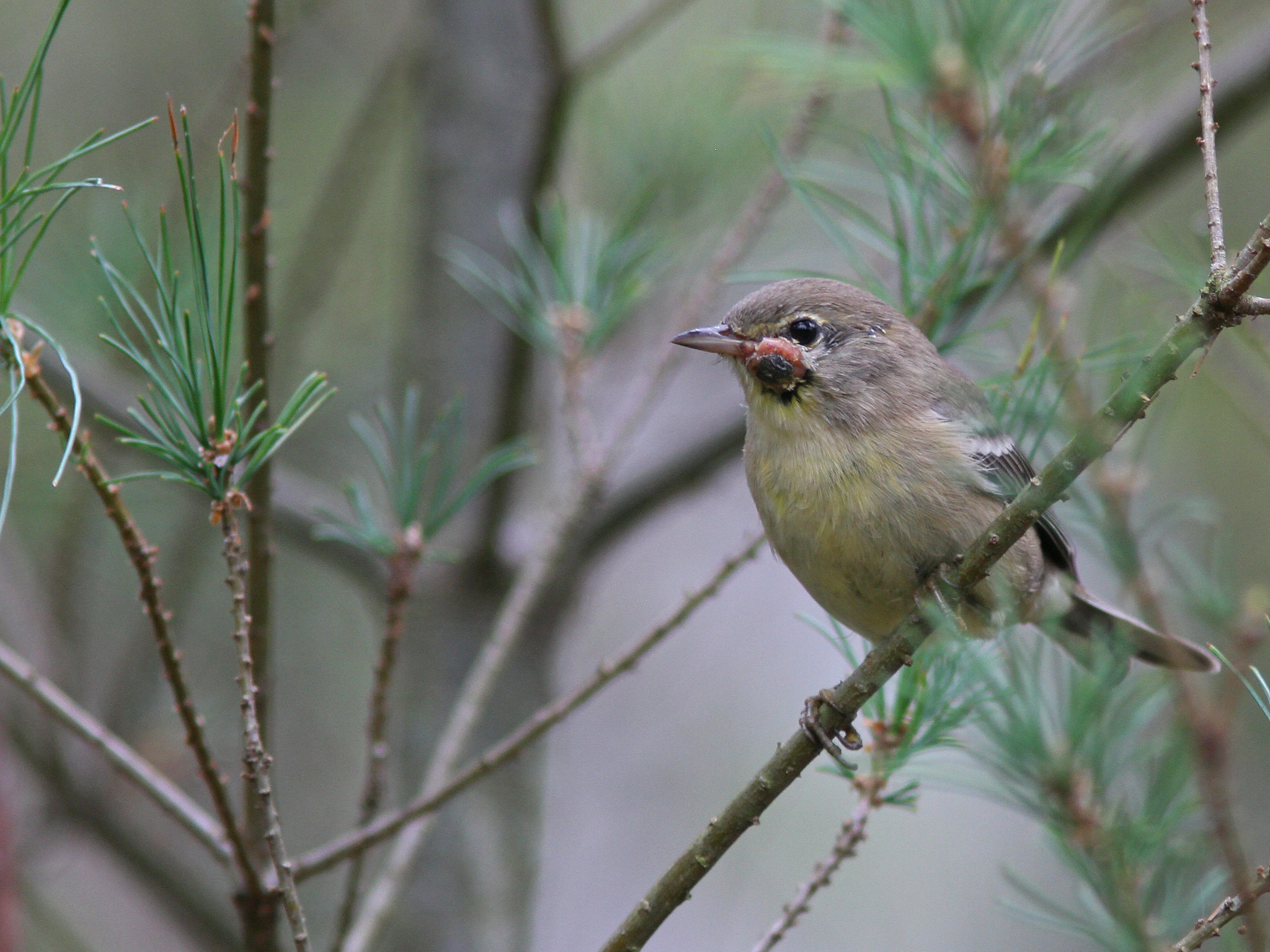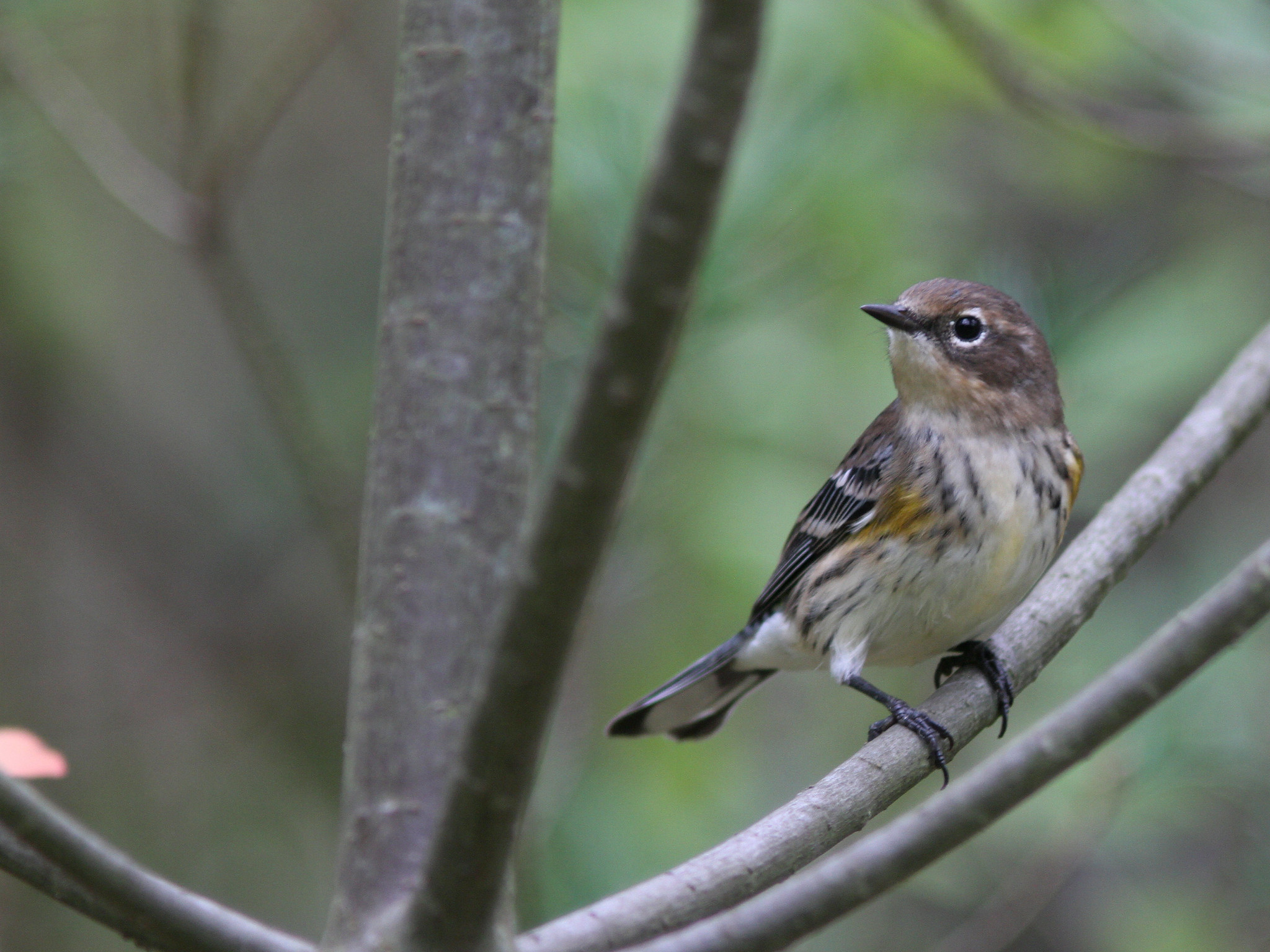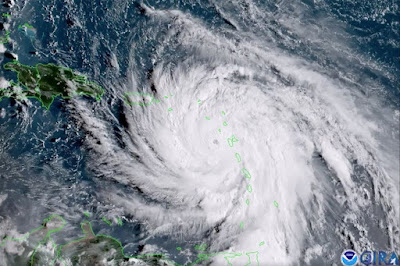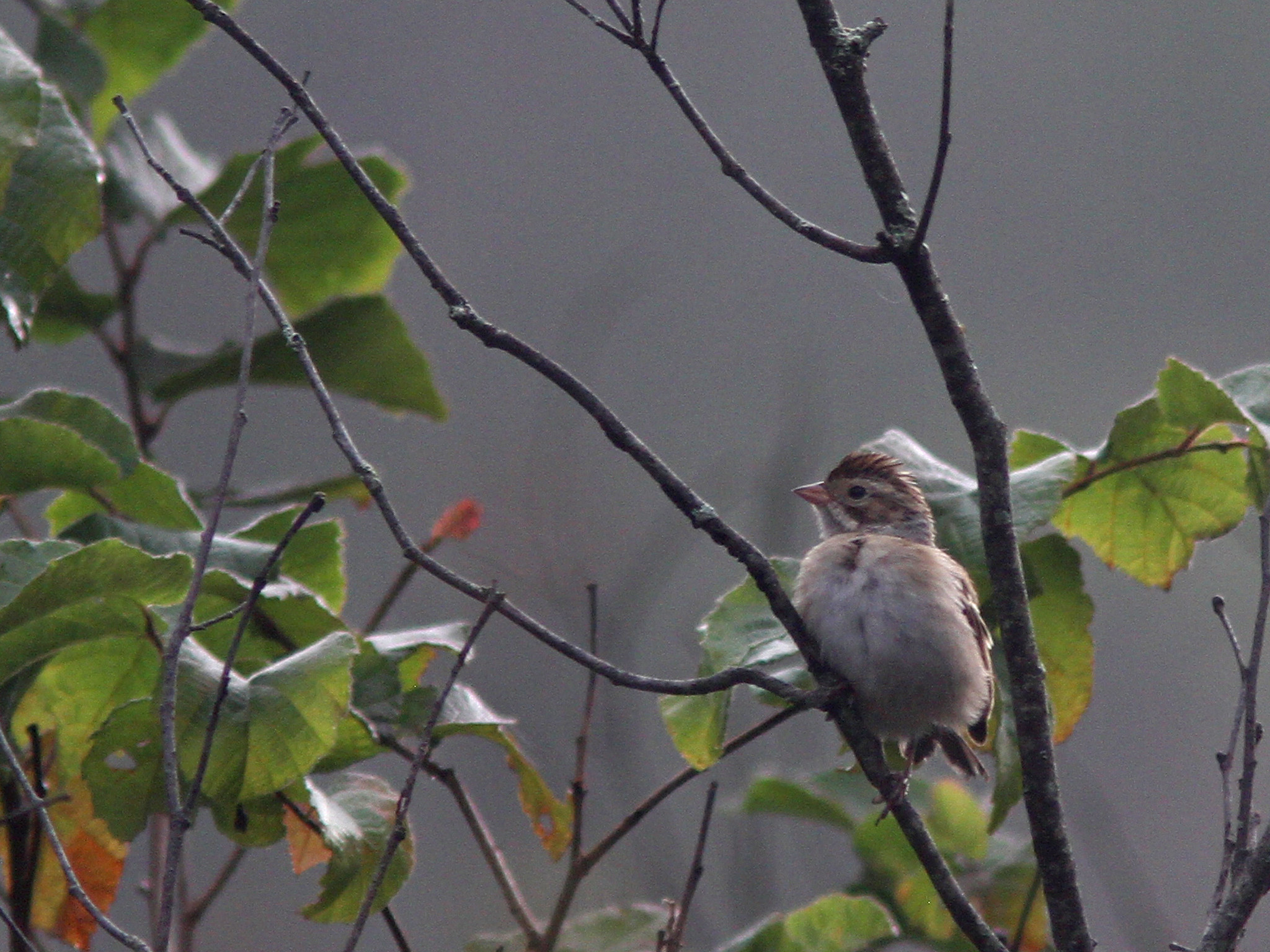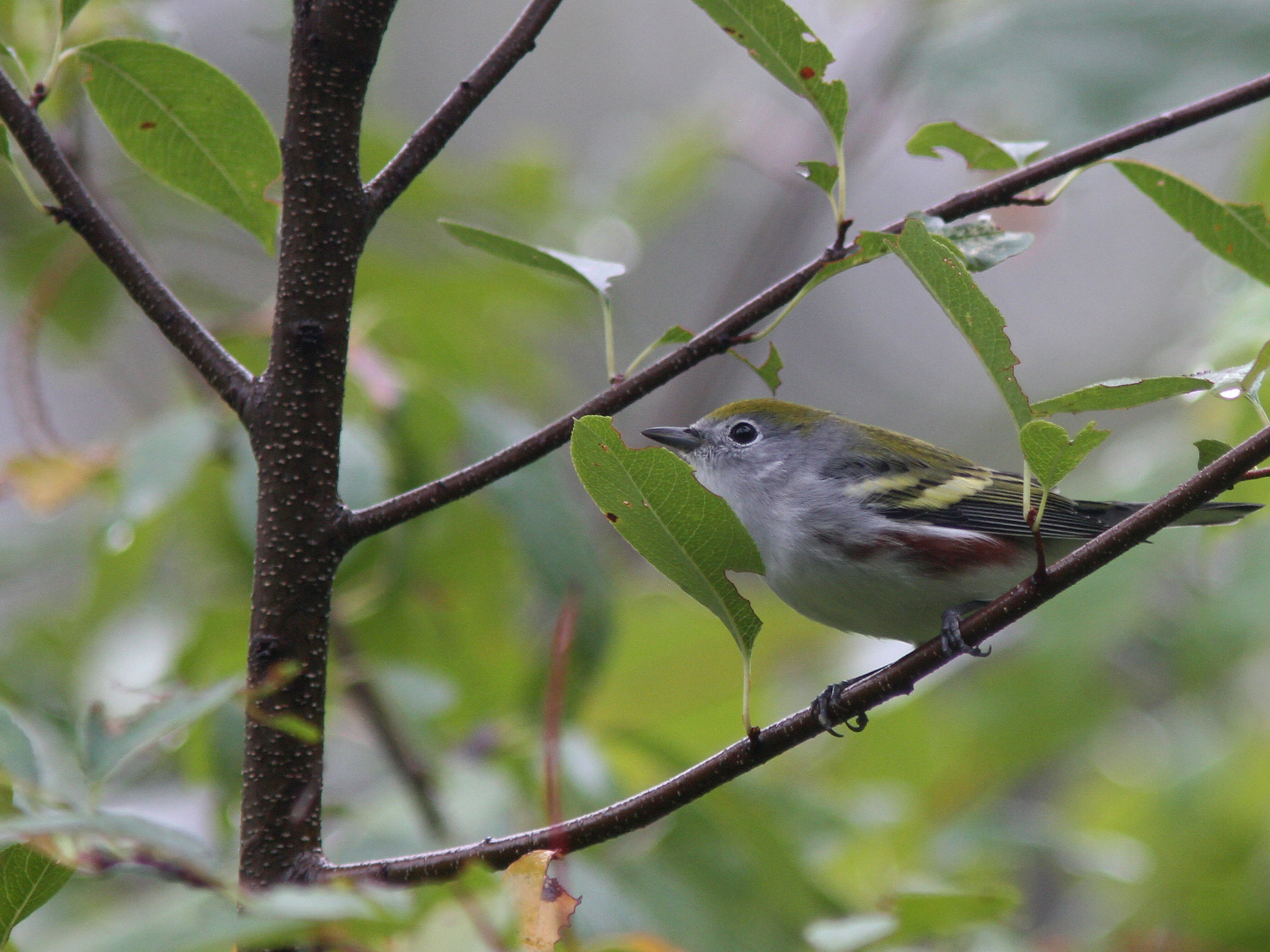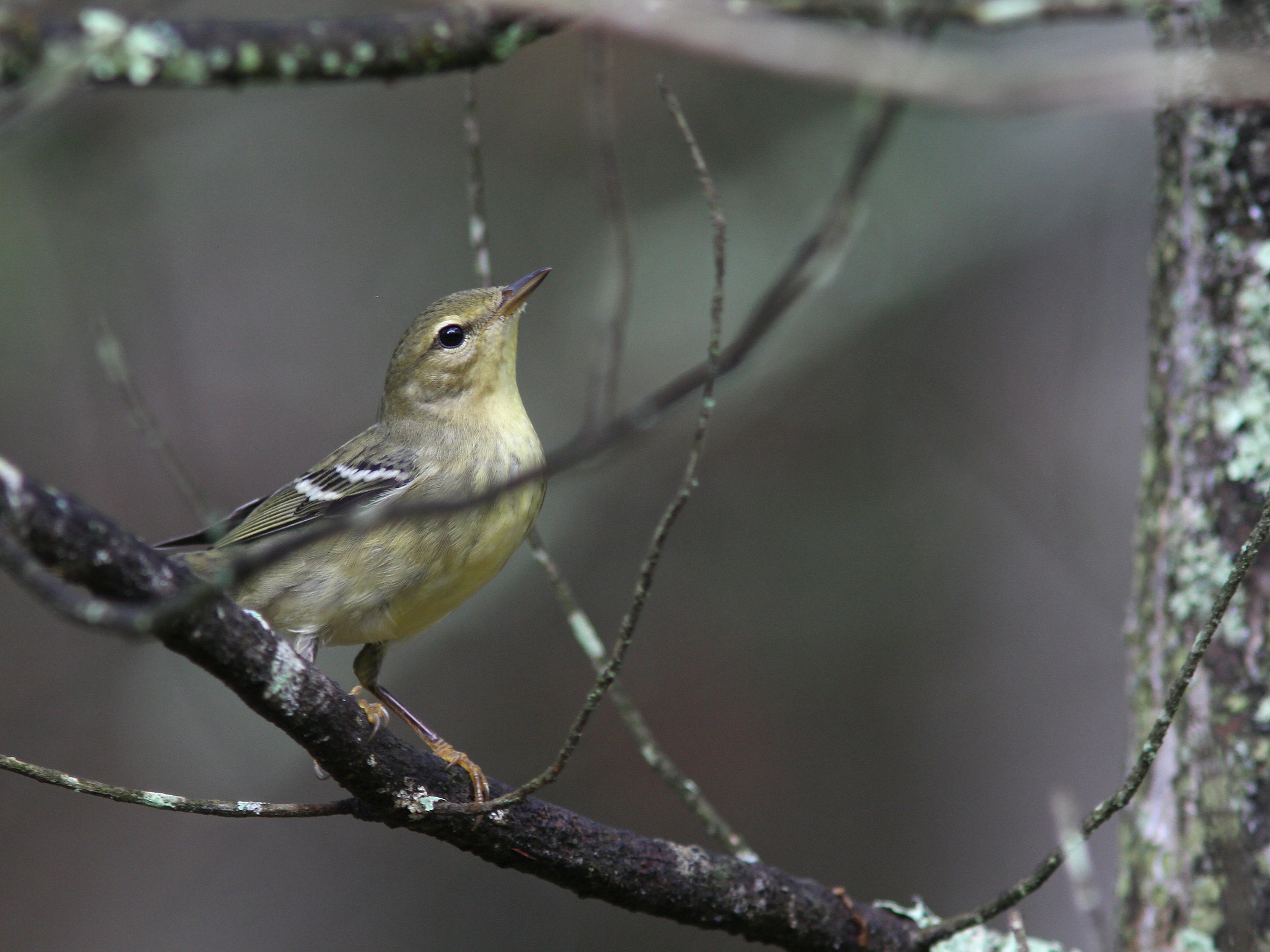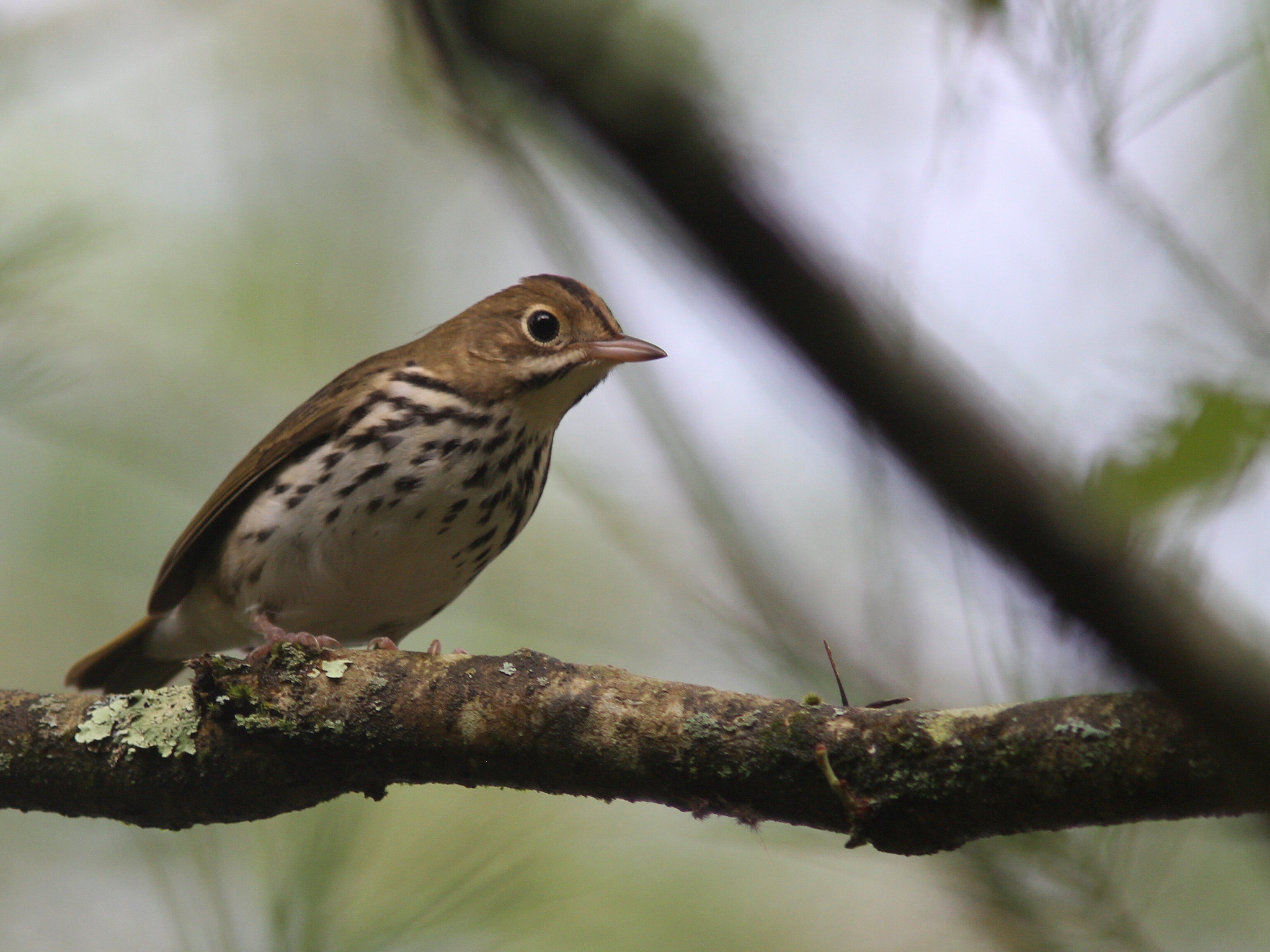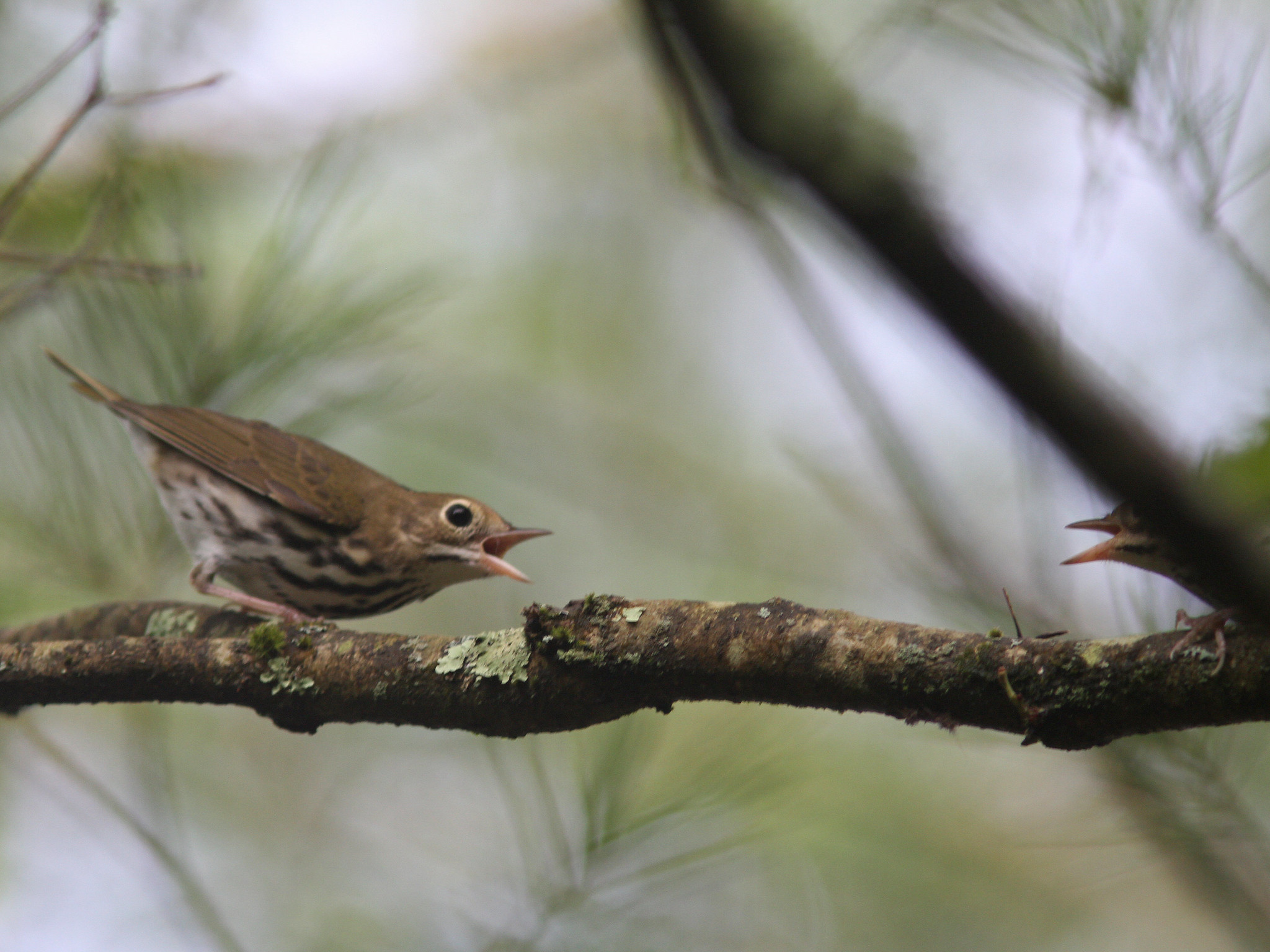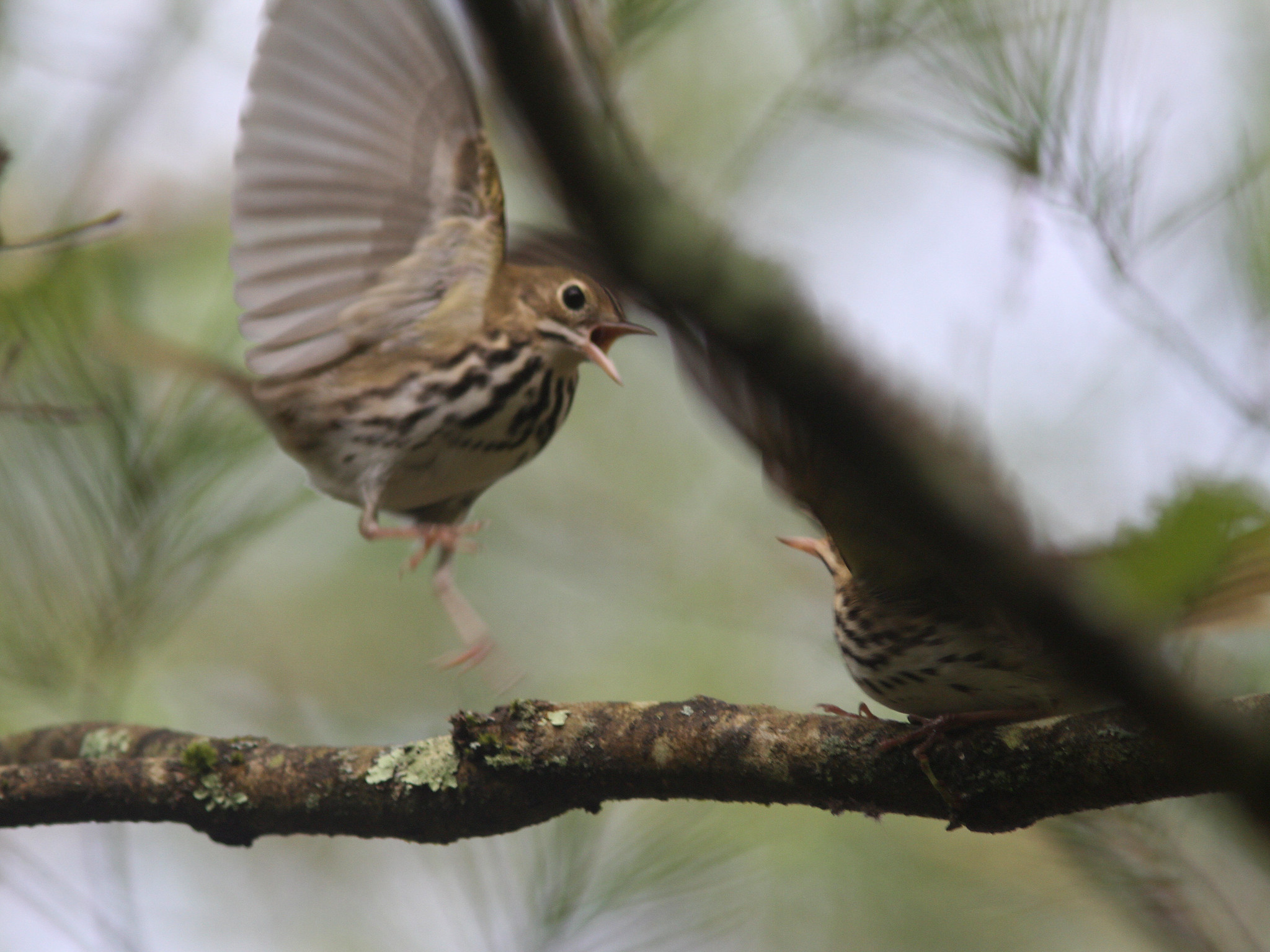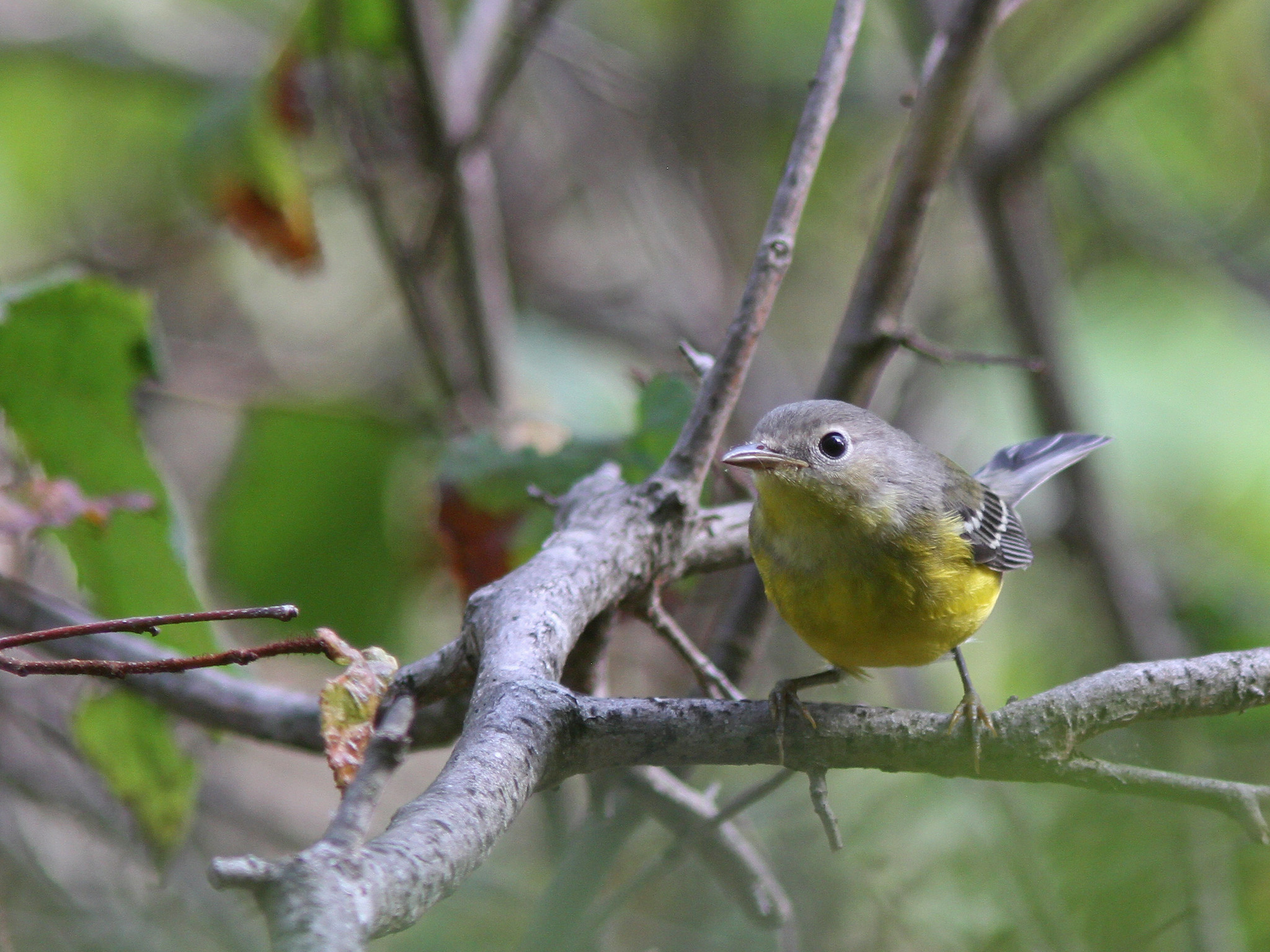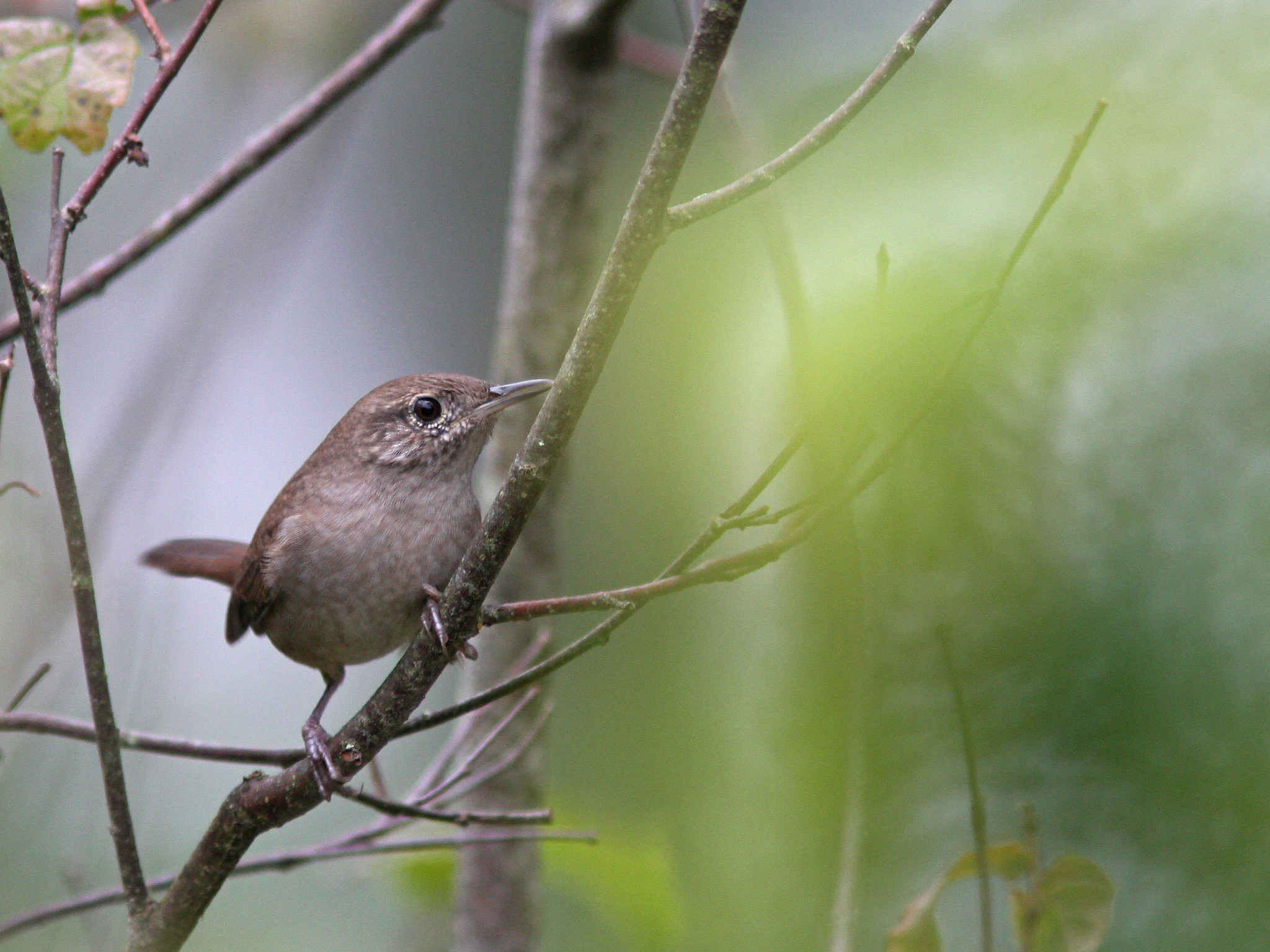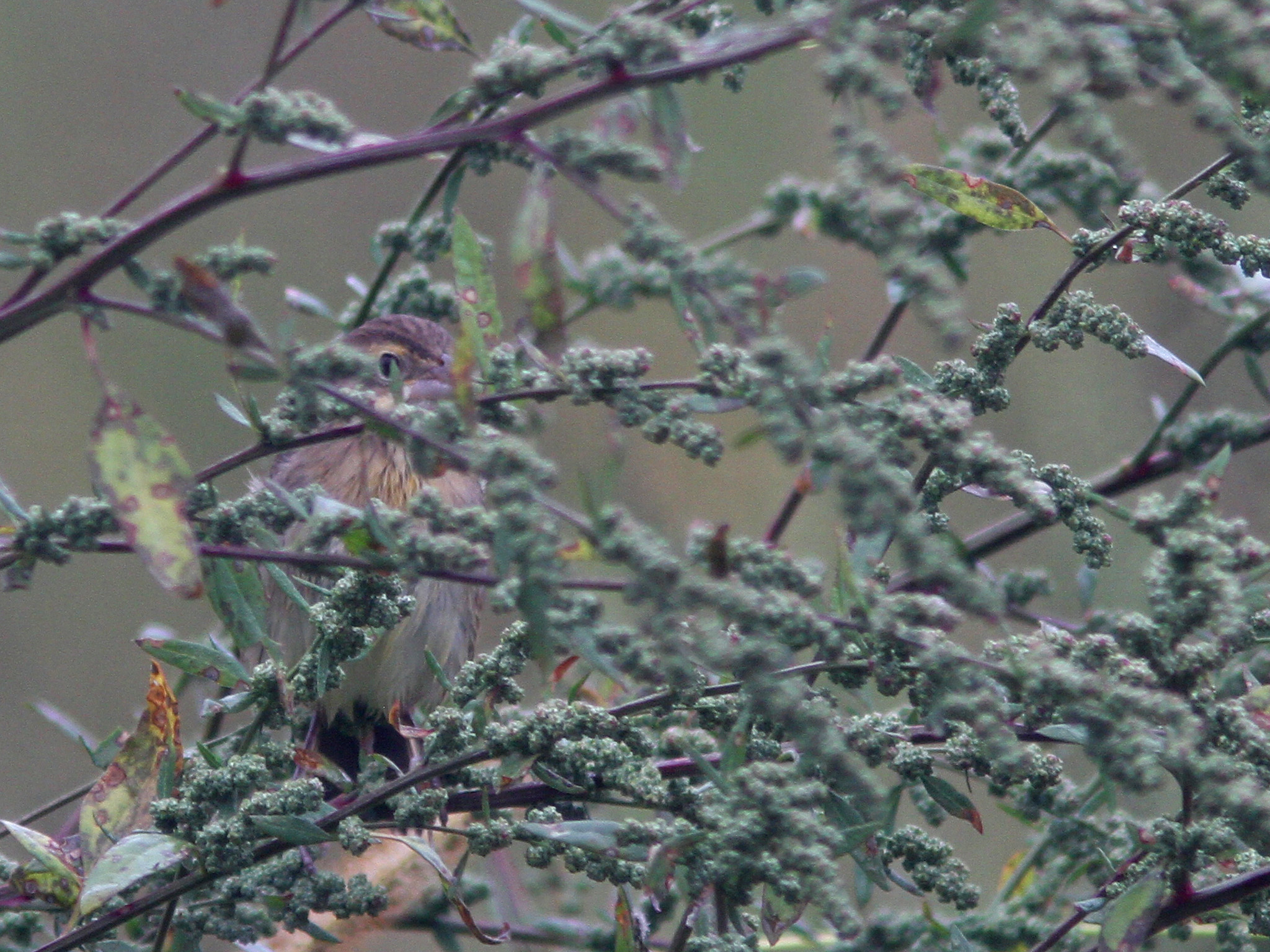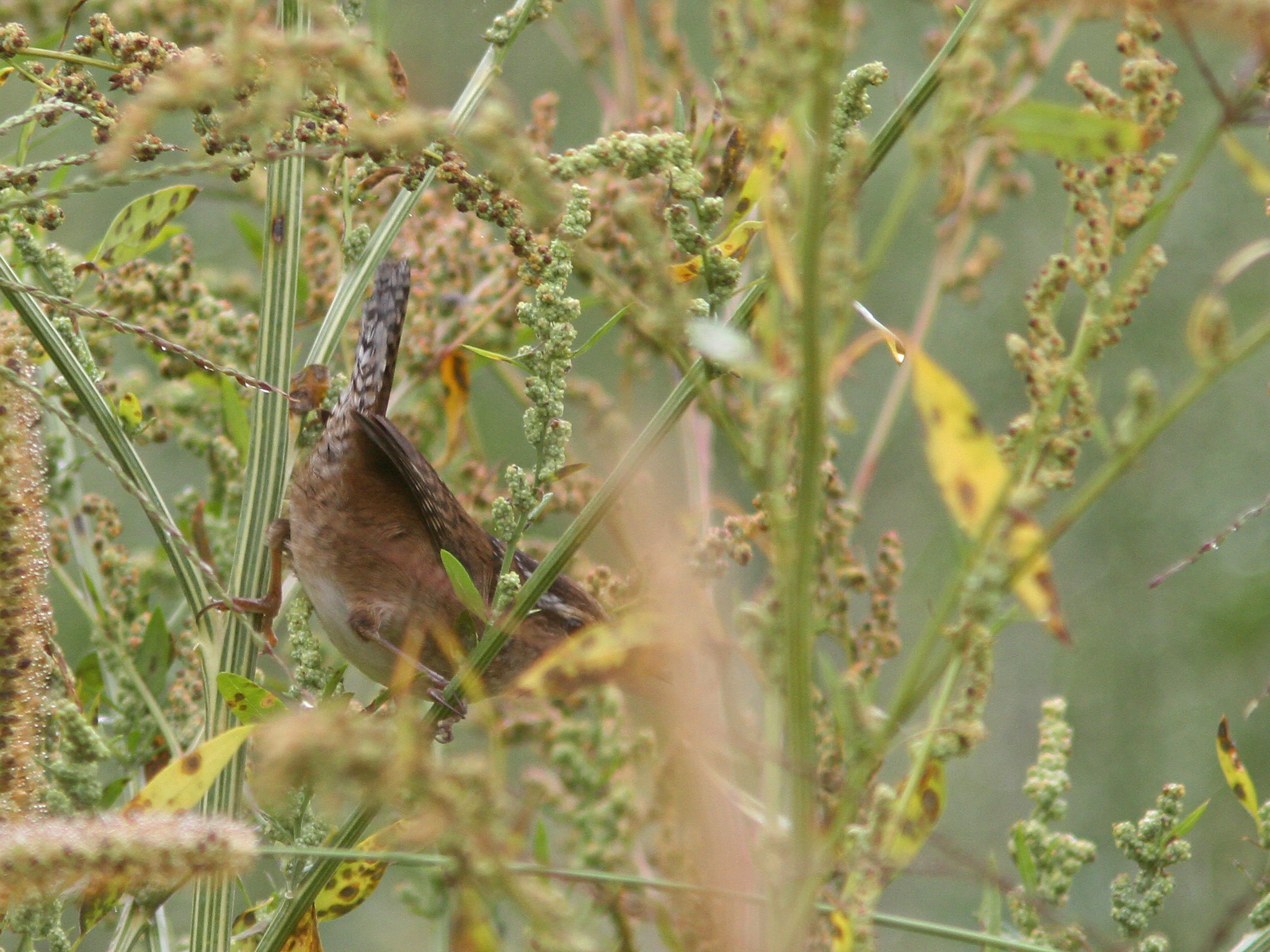 |
| American Kestrels, Honey Pot, Hadley, MA, Sep 22, 2017 |
 |
| Palm Warbler 'yellow', Honey Pot, Hadley, MA, Sep 22, 2017 |
After the influence of Hurricane Jose on our weather finally ended at the end of last week our weather turned summer like with sunny skies and record setting temperatures on multiple days with highs in the upper 80's to low 90's with increasing humidity. At the beginning of the warm stretch of weather I headed over to the Honey Pot on Friday morning after work (full list:
Honey Pot 9/22). It was a bit breezy which made it tough to find birds but the raptors seemed to enjoy the winds. I finally had some flyover American Pipits...a species I oddly missed this spring.
 |
| Common Yellowthroat, Arcadia, Northampton, MA, Sep 24, 2017 |
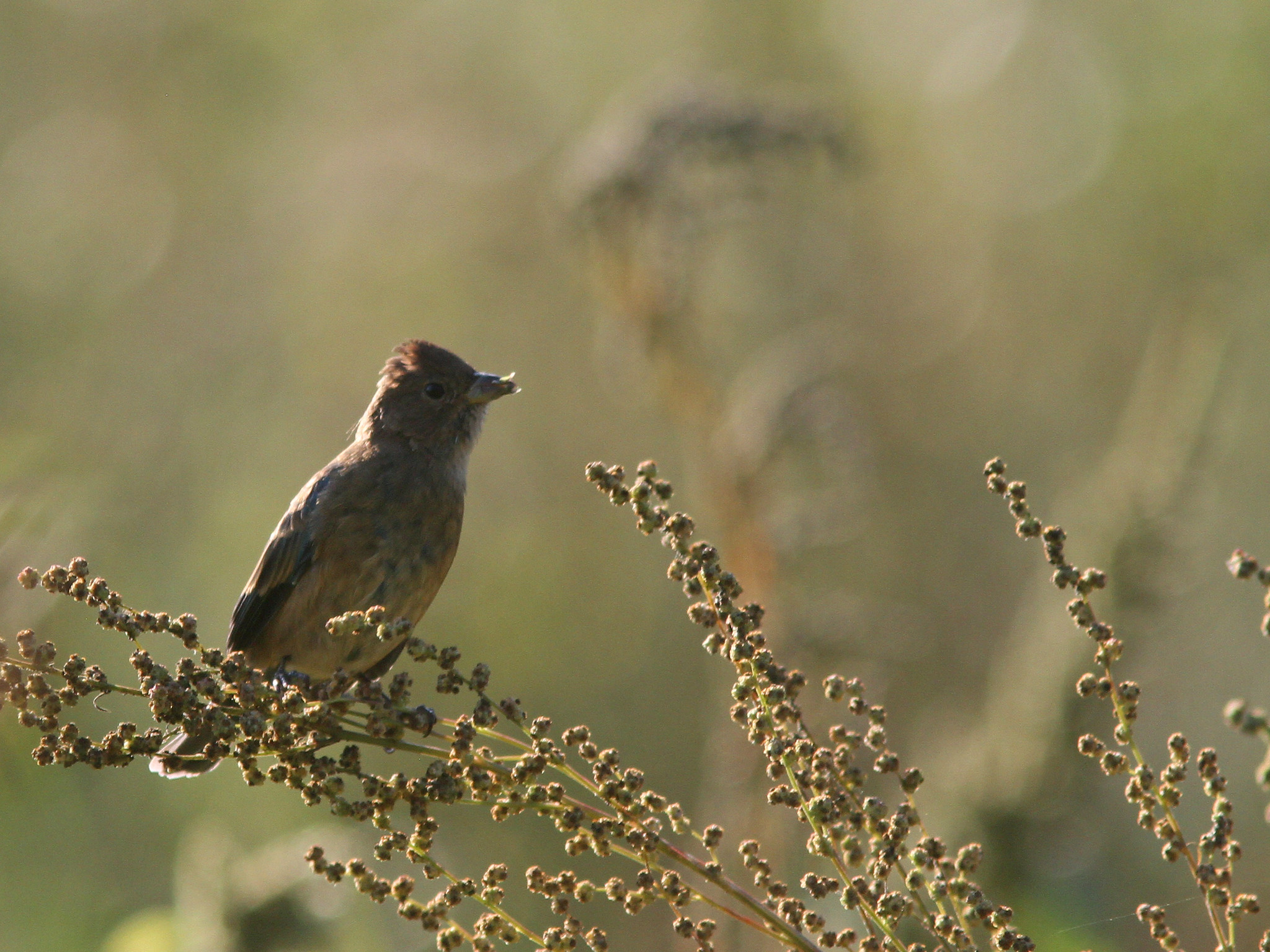 |
| Indigo Bunting, Arcadia, Northampton, MA, Sep 24, 2017 |
 |
| Swamp Sparrow, Arcadia, Northampton, MA, Sep 24, 2017 |
I stopped at Arcadia on my way home on Sunday morning and had some decent stuff around with the best bird being a rather uncooperative Connecticut Warbler that called several times and offered a very brief view. The variety of sparrows seemed to be on a slow upswing with more Swamp and White throated Sparrows around compared to several days before. The warbler numbers and variety continue to go down with the only other species besides the Connecticut Warbler being Common Yellowthroat and Palm Warbler. No other unusual species and unfortunately almost all of the fields that contained good seed filled weeds have been plowed under. Hopefully this doesn't deter species from stopping to feed and instead just concentrates them in the remaining weedy areas...time will tell. Full list from the morning:
Arcadia 9/24
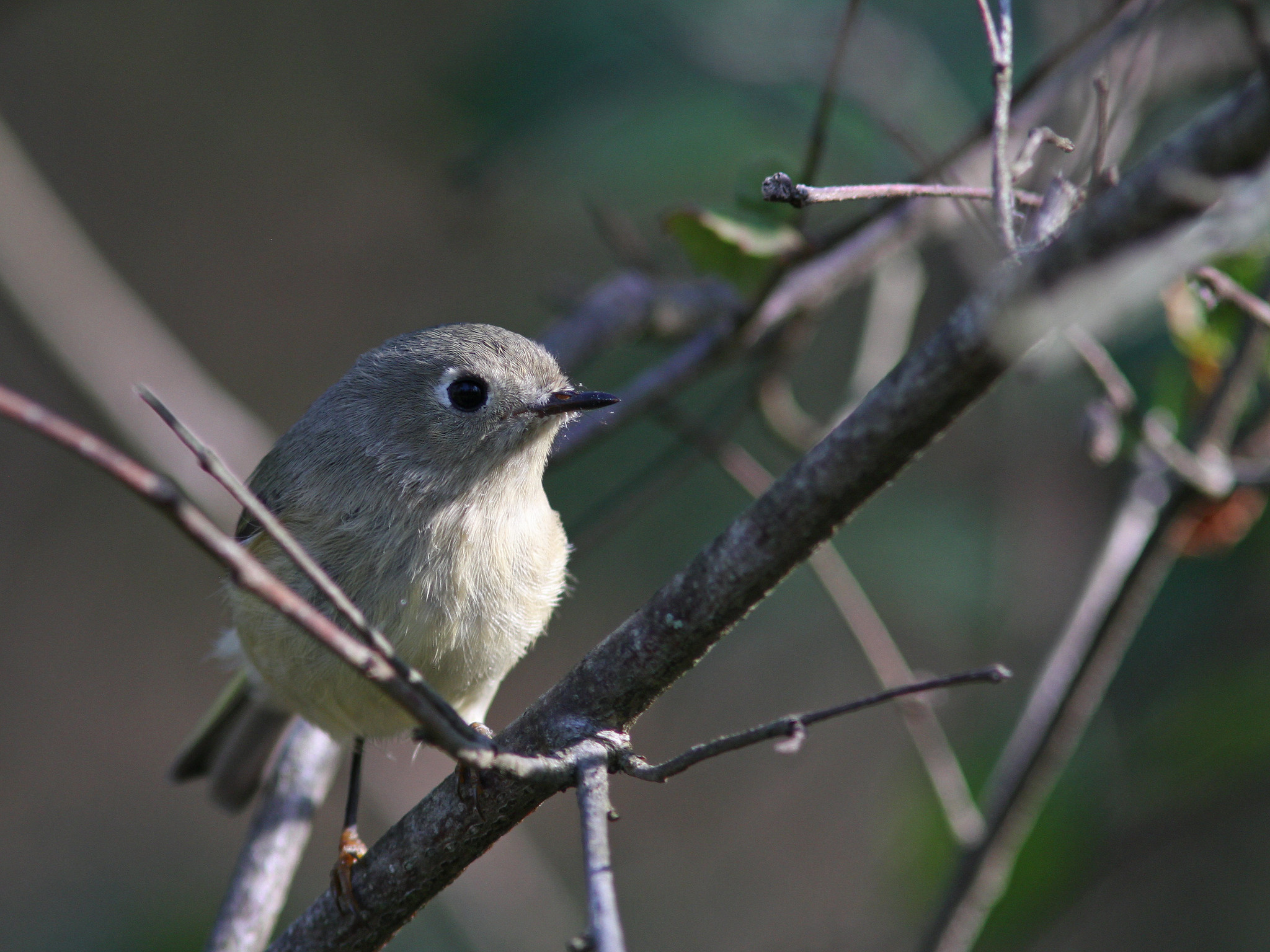 |
| Ruby crowned Kinglet, Quabbin Park, MA, Sep 25, 2017 |
 |
| Ruby crowned Kinglet, Quabbin Park, MA, Sep 25, 2017 |
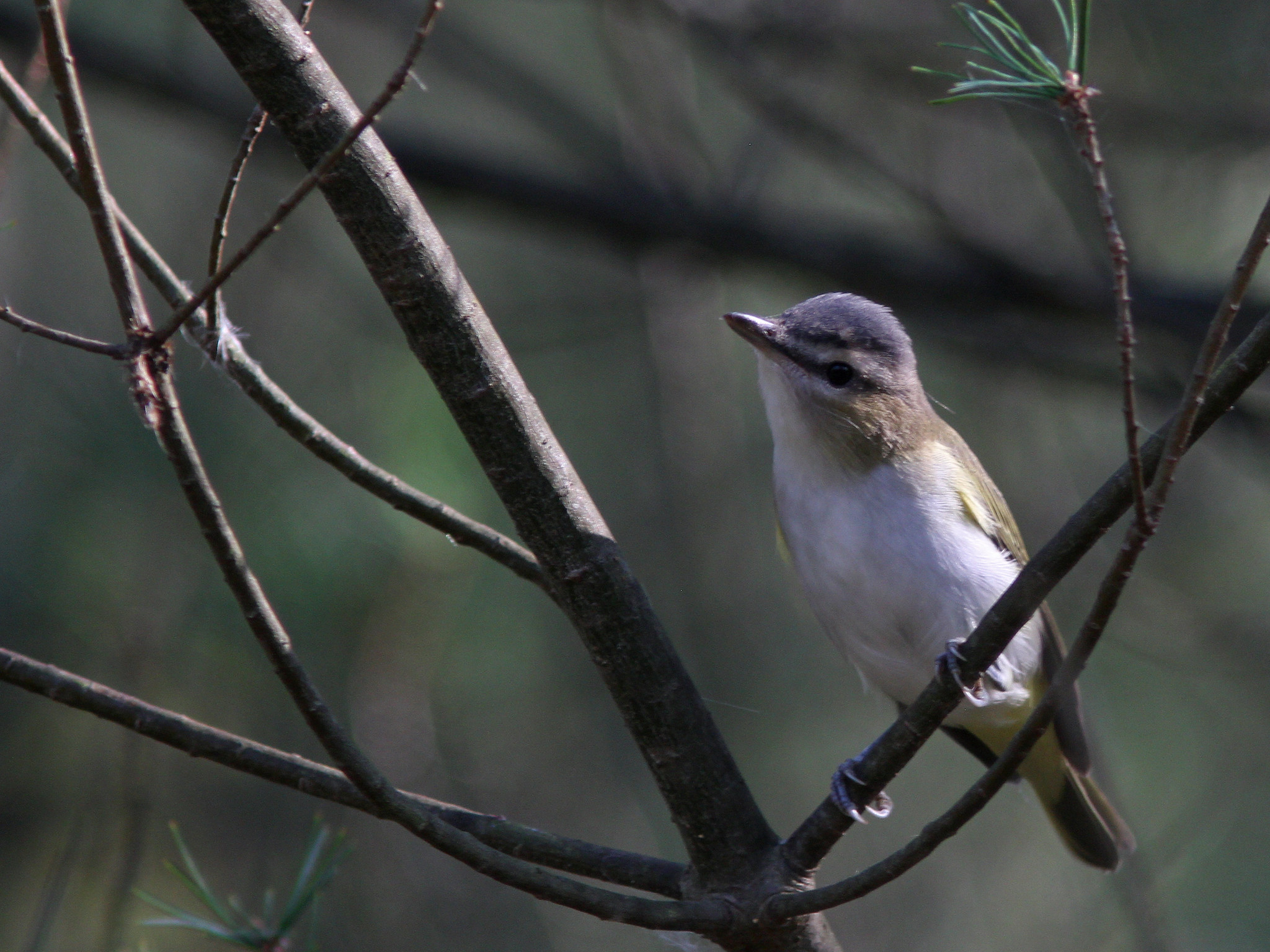 |
| Red eyed Vireo, Quabbin Park, MA, Sep 25, 2017 |
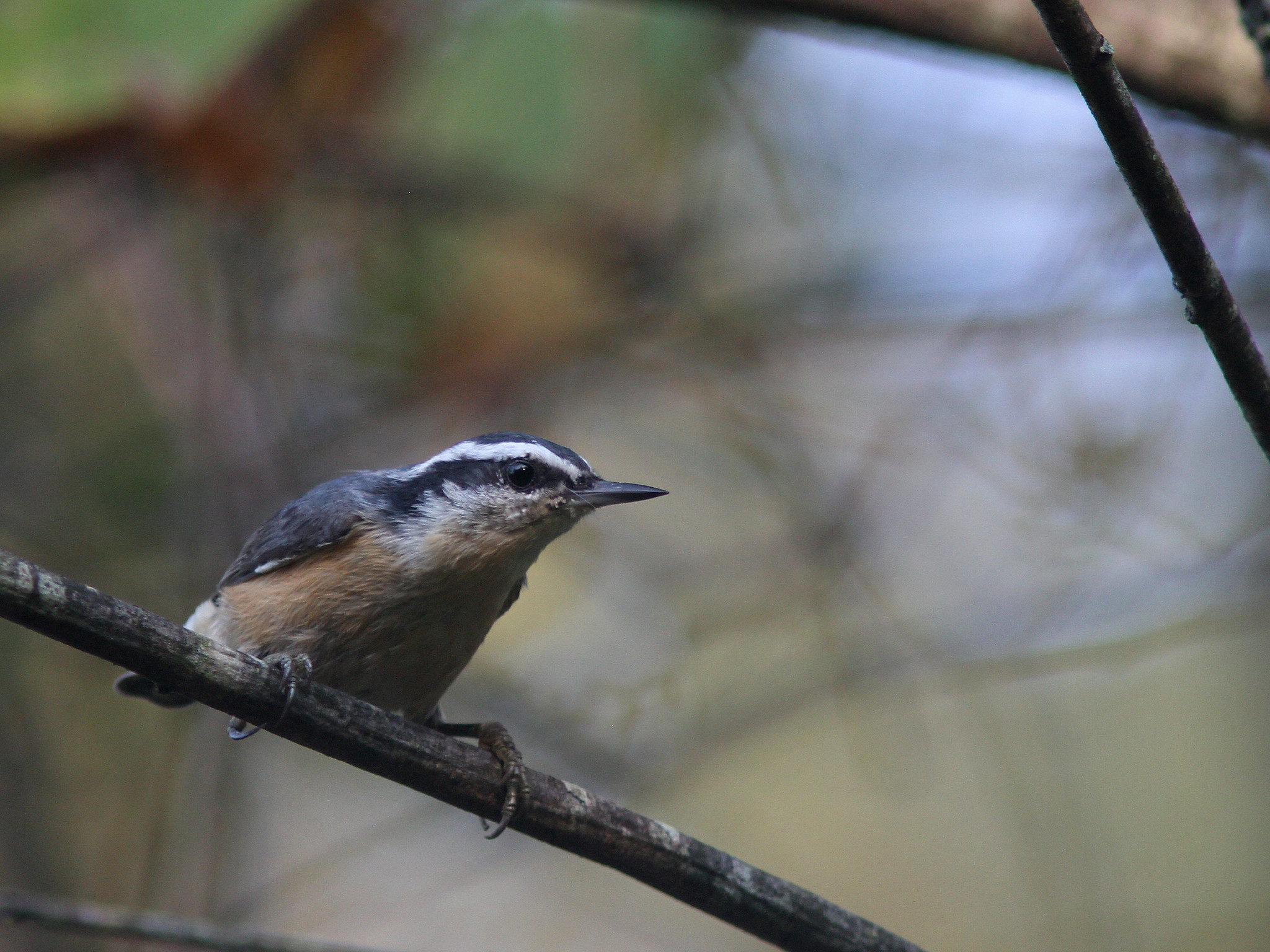 |
| Red breasted Nuthatch, Quabbin Park, MA, Sep 25, 2017 |
 |
| Porcupine, Quabbin Park, MA, Sep 25, 2017 |
 |
| Porcupine (three in one tree), Quabbin Park, MA, Sep 25, 2017 |
On Monday I spent the very warm morning at Quabbin Park covering just a portion of the park. Highlights included two Eastern Whip Poor Wills still singing (this tied my latest date for the species in the county), a big influx of Ruby crowned Kinglets, two Wood Thrushes, ten species of warbler and a flyby Evening Grosbeak among a total of 55 species. I also had a total of four Porcupines with three of them in a single tree (not something I can ever remember seeing before). Full list from the morning:
Quabbin Park 9/25
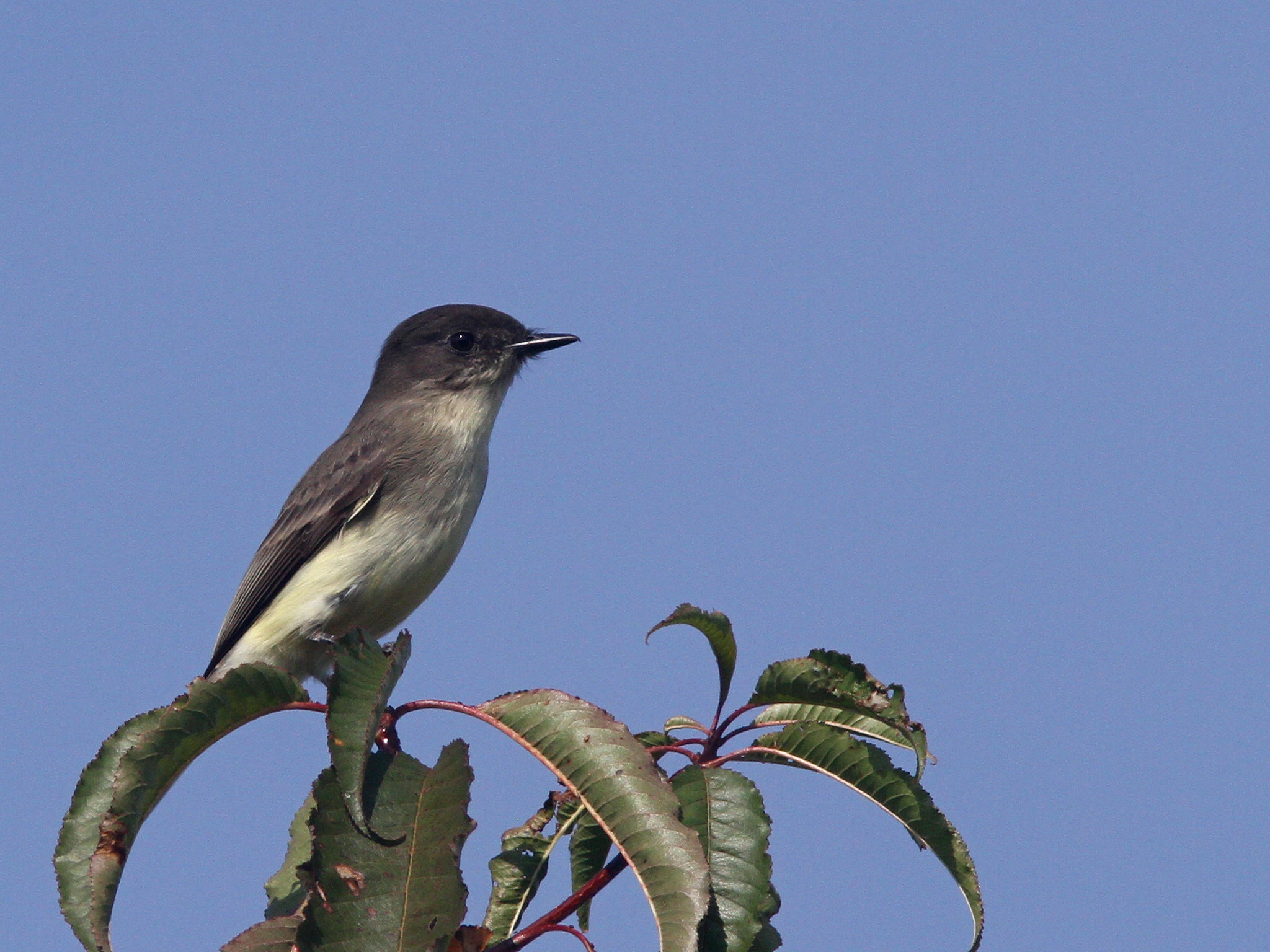 |
| Eastern Phoebe, Arcadia, Northampton, MA, Sep 26, 2017 |
 |
| Eastern Phoebe, Arcadia, Northampton, MA, Sep 26, 2017 |
 |
| Eastern Phoebe, Arcadia, Northampton, MA, Sep 26, 2017 |
 |
| Lincoln's Sparrow, Arcadia, Northampton, MA, Sep 26, 2017 |
 |
| Greater Yellowlegs, Arcadia, Northampton, MA, Sep 26, 2017 |
Tuesday morning I made my way across the river before dawn and headed to Arcadia. Although not quite as hot as the previous two days the morning featured some thick fog that didn't burn off until mid morning which kept the birding rather slow until it got sunny. Highlights included at least 17 Indigo Buntings, a briefly seen Connecticut Warbler in the same area a similar looking individual was seen about a week before, decent numbers of sparrows and a flyover Dickcissel late morning. Full list here:
Arcadia 9/26
 |
| Blackburnian Warbler, Quabbin Park, MA, Sep 27, 2017 |
 |
| Yellow rumped Warbler, Quabbin Park, MA, Sep 27, 2017 |
 |
| Pine Warbler, Quabbin Park, MA, Sep 27, 2017 |
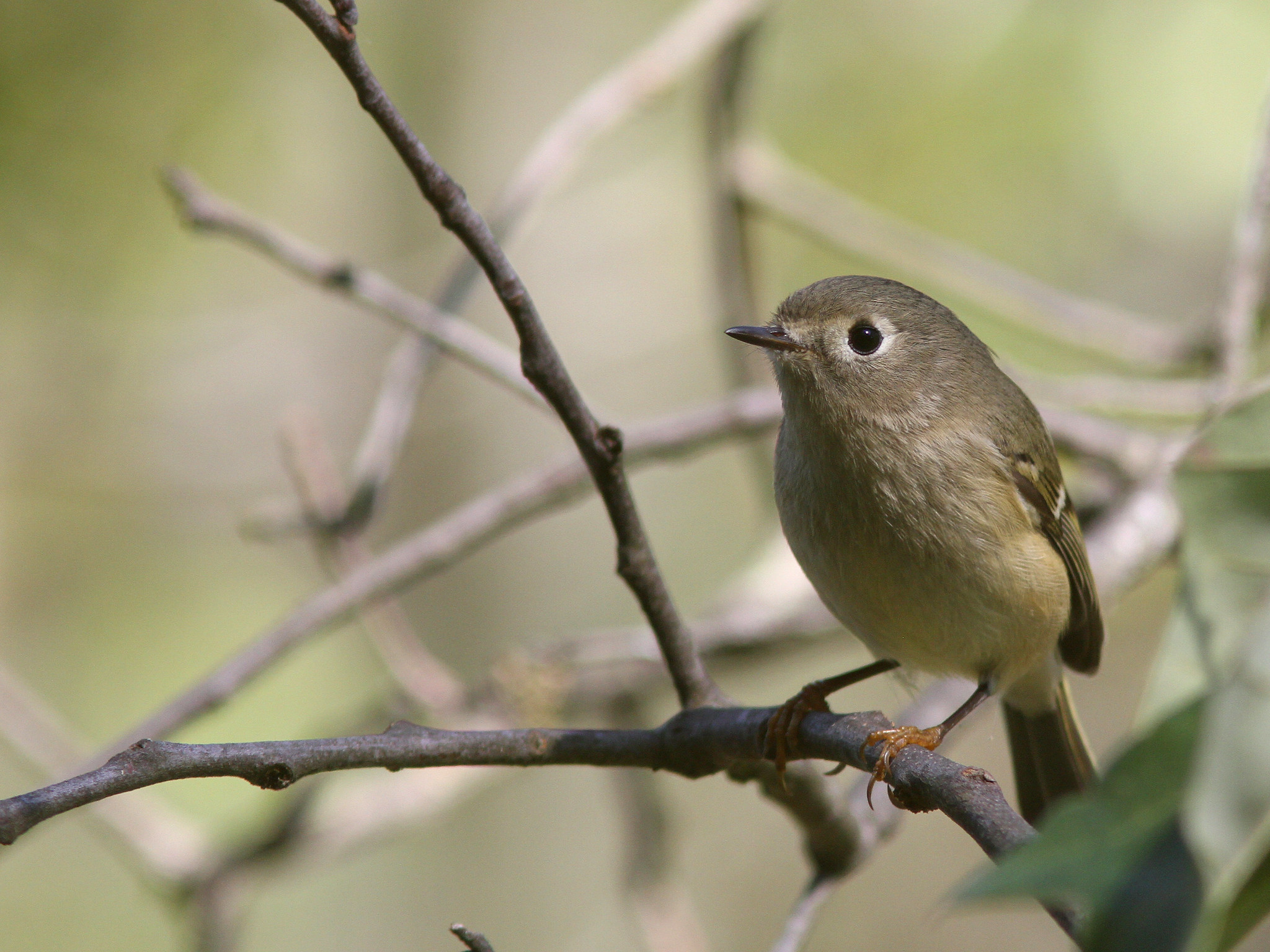 |
| Ruby crowned Kinglet, Quabbin Park, MA, Sep 27, 2017 |
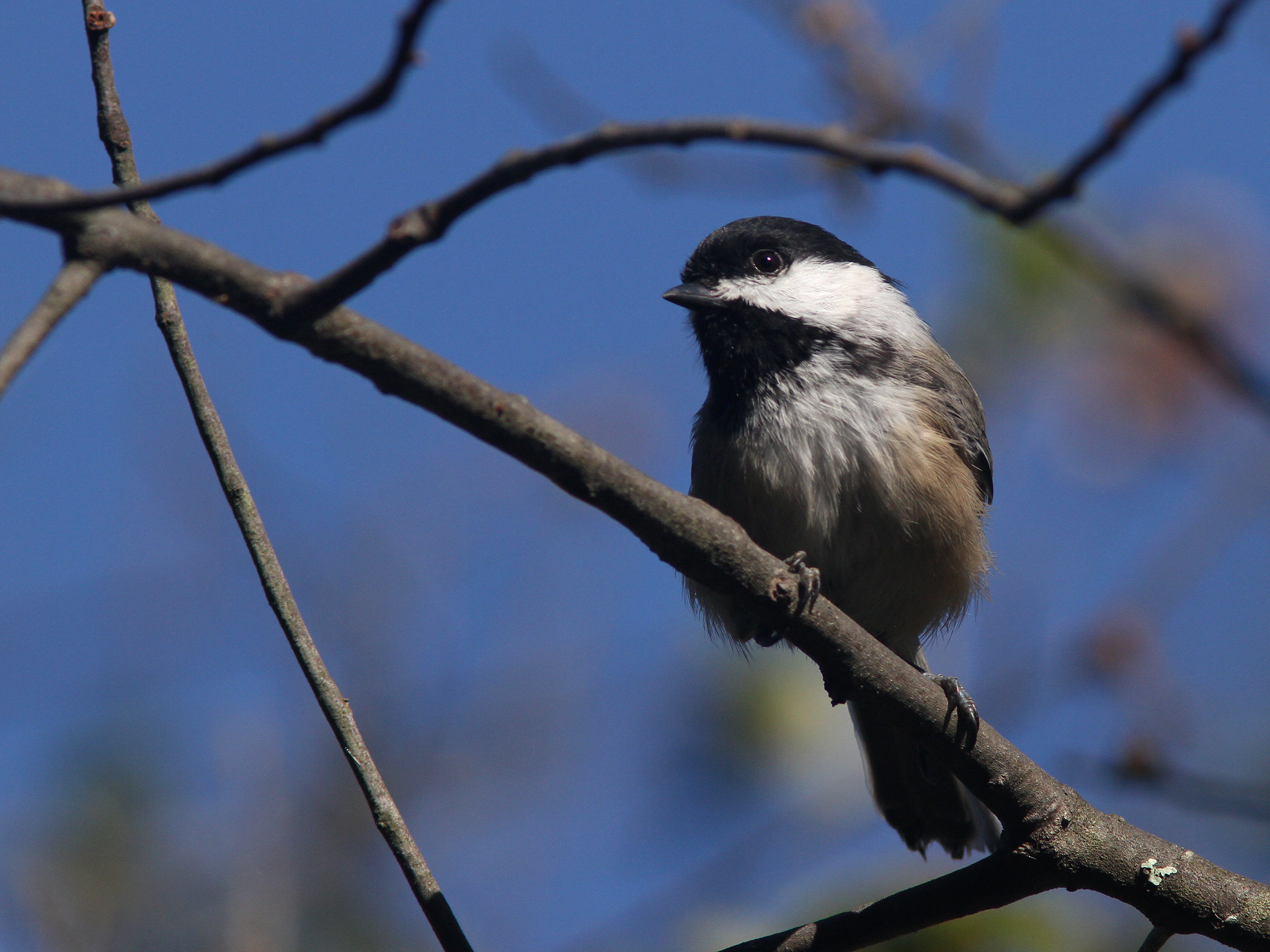 |
| Black capped Chickadee, Quabbin Park, MA, Sep 27, 2017 |
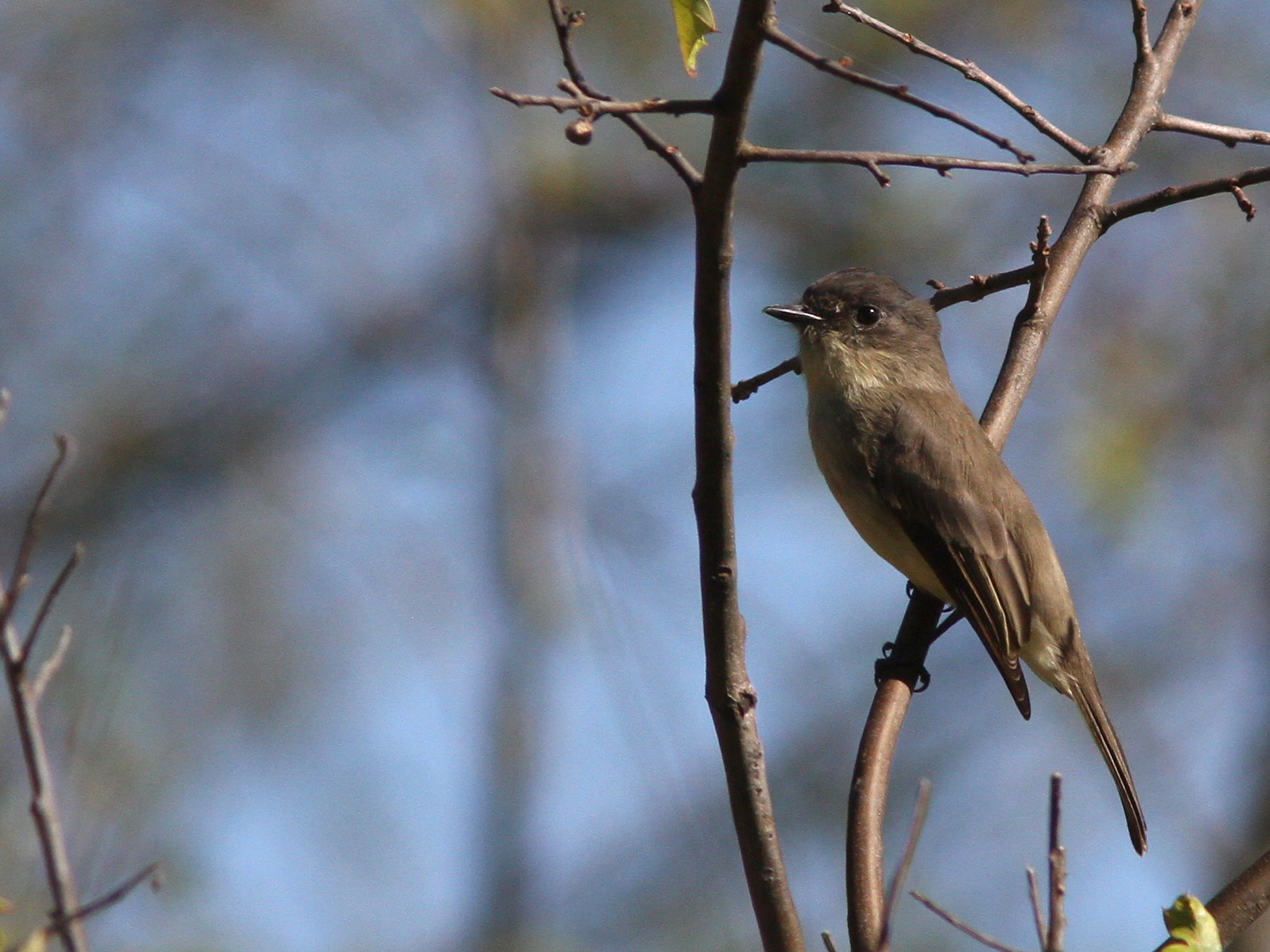 |
| Eastern Phoebe, Quabbin Park, MA, Sep 27, 2017 |
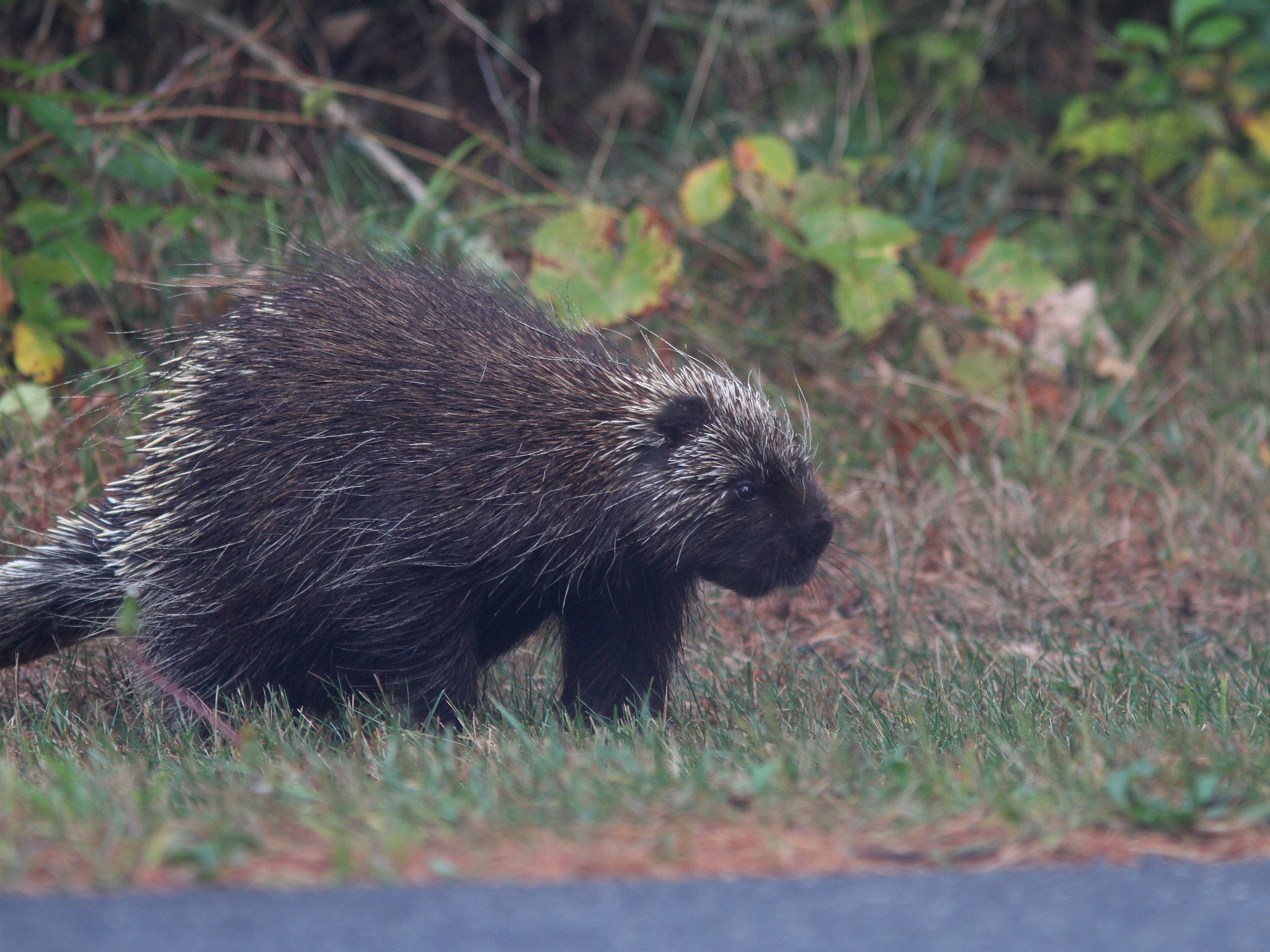 |
| Porcupine, Quabbin Park, MA, Sep 27, 2017 |
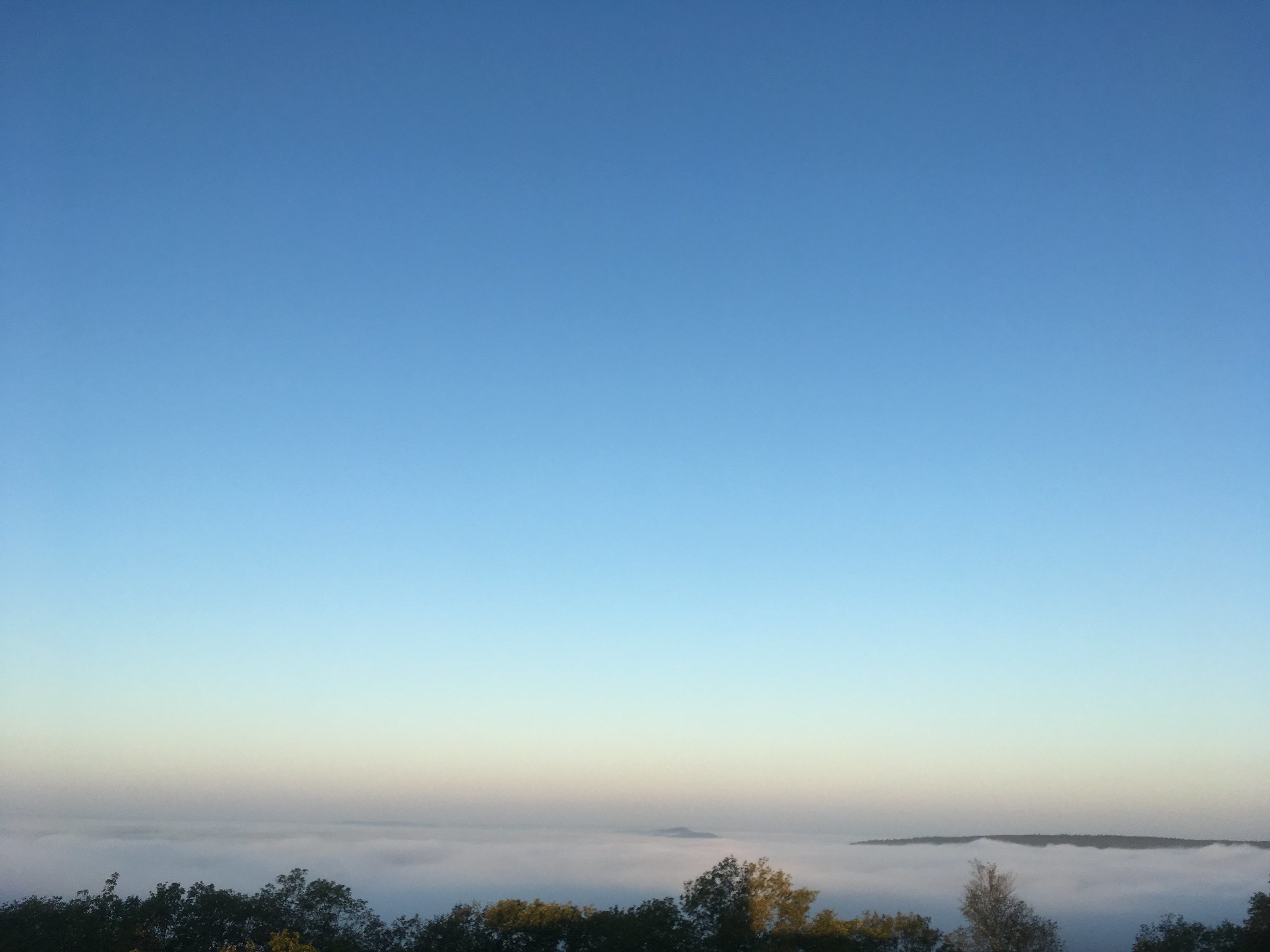 |
| Valley fog with hill tops sticking above, Quabbin Park, MA, Sep 27, 2017 |
Today should be the last day of heat and humidity (probably until next year) as a cold front is forecast to sweep through today leading to cooler and drier weather through the weekend which should entice a lot of birds to move that have been waiting for a change in migration conditions. It was yet another foggy morning but it burned off a little sooner than the last few days. I tried to find some late whip poor wills but they seem to have finally moved south...I have never had them later than September 25 around here but I thought that with the late warm temps I might find them but no luck. The fog actually stayed lower today so being up around Quabbin Tower early on put me above the fog which made for some great views with the tops of the hills poking out of the fog. I then spent a few hours checking various spots around the park and had a few mixed flocks as well as a great showing of Eastern Phoebes among fifty plus species. Full list for the morning:
Quabbin Park 9/27
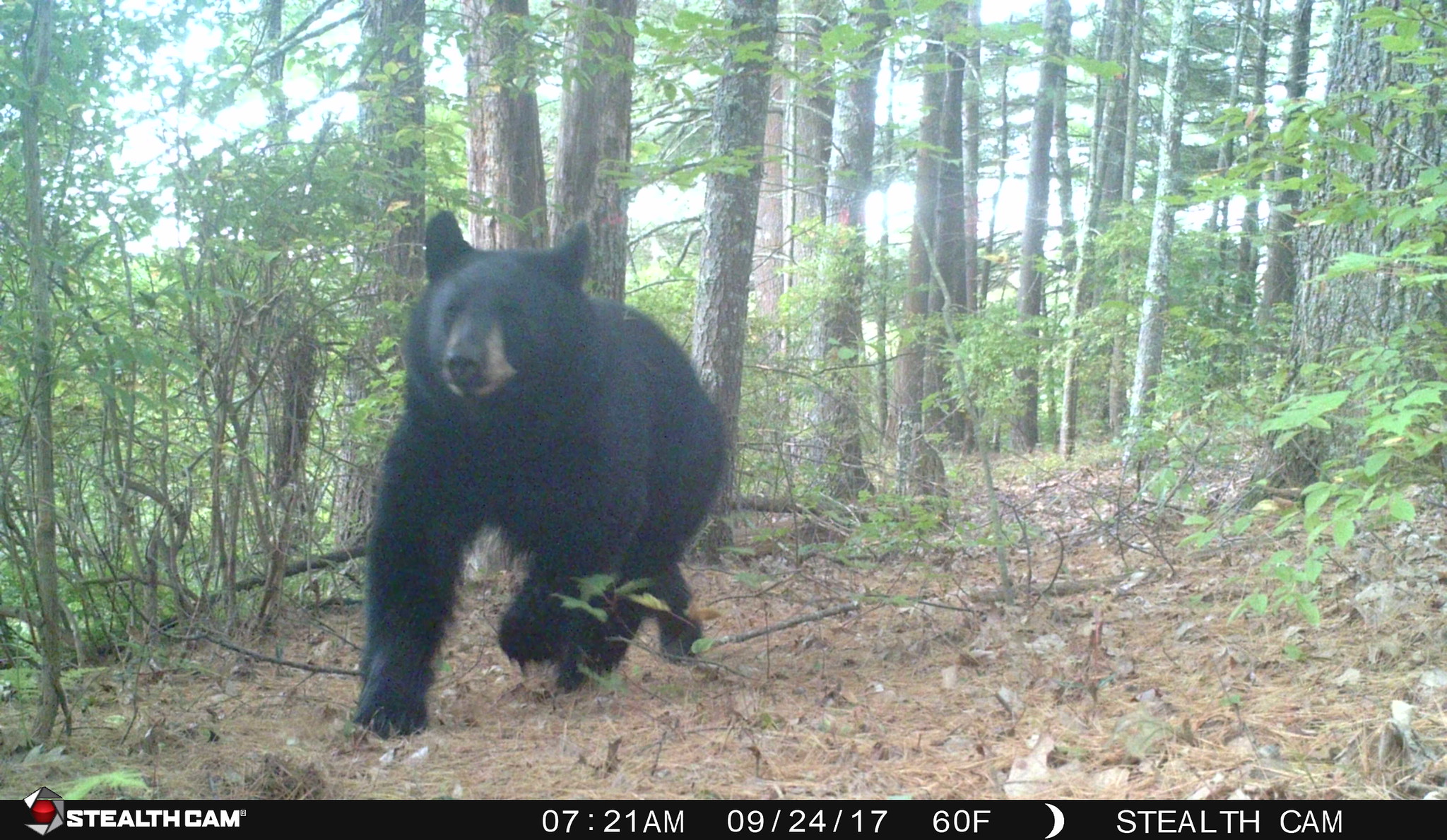 |
| Black Bear, Home, Belchertown, MA, Sep 24, 2017 |
 |
| Pine Warbler, Home, Belchertown, MA, Sep 24, 2017 |
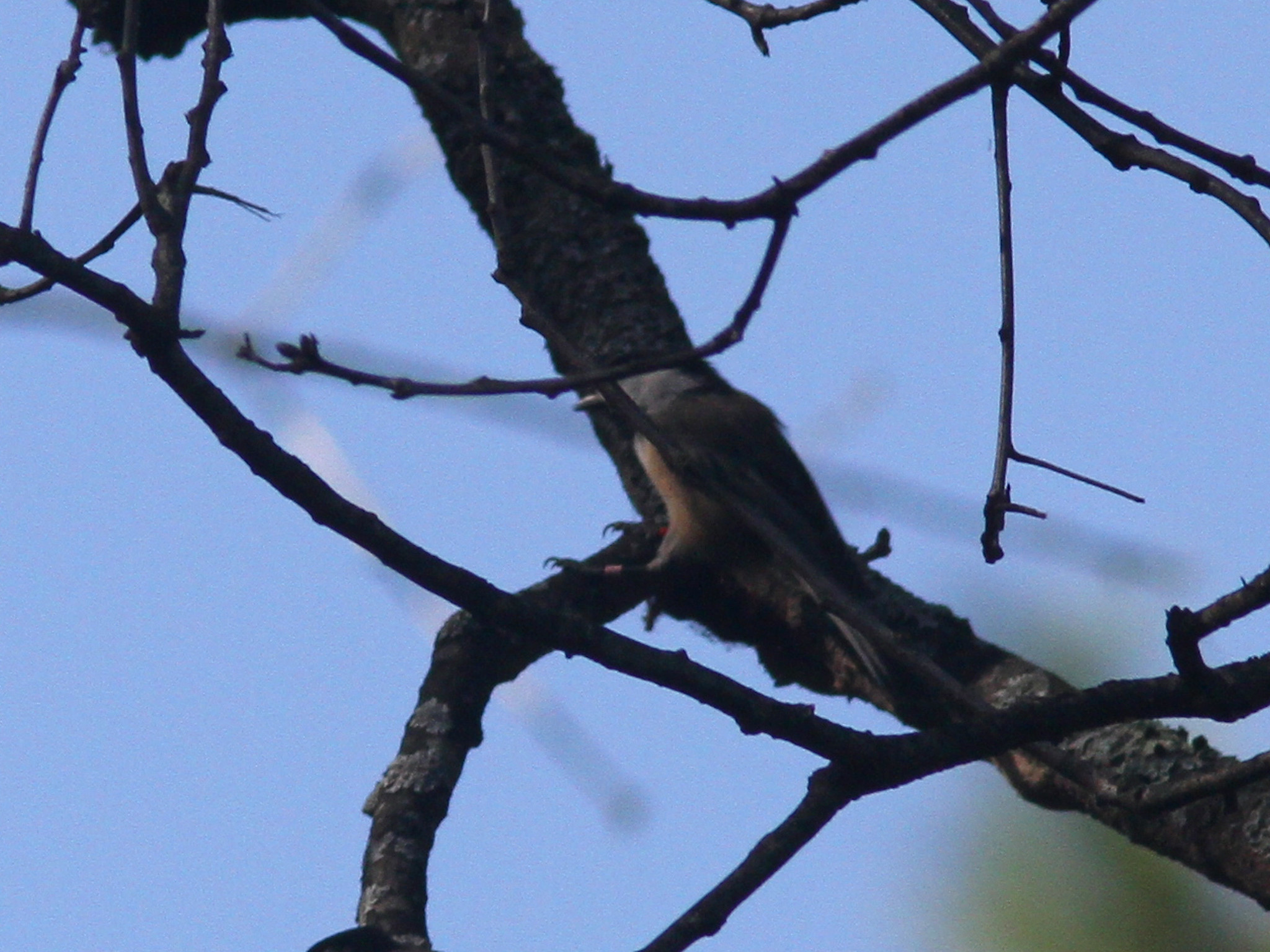 |
| Black capped Chickadee with leg bands, Home, Belchertown, MA, Sep 24, 2017 |
 |
| Yellow rumped Warblers, Home, Belchertown, MA, Sep 23, 2017 |
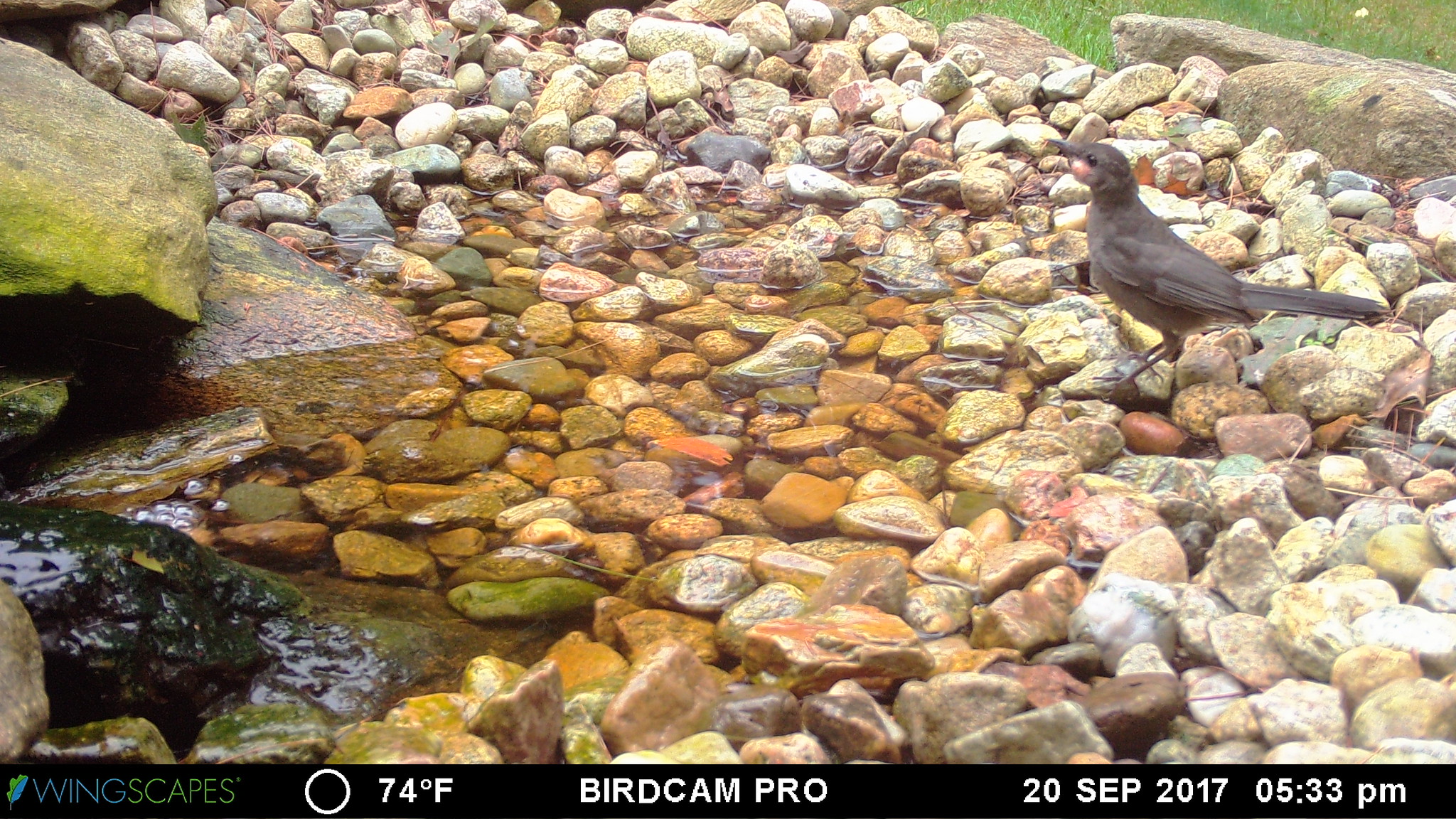 |
| Gray Catbird with growth on face, Home, Belchertown, MA, Sep 20, 2017 |
 |
| Blackpoll Warbler, Home, Belchertown, MA, Sep 20, 2017 |
 |
| Tennessee Warbler, Home, Belchertown, MA, Sep 25, 2017 |
 |
| Hermit Thrushes, Home, Belchertown, MA, Sep 25, 2017 |
 |
| Tennessee Warbler, Home, Belchertown, MA, Sep 26, 2017 |
At home there are a few birds birds moving through and among them have been a number of Pine Warbler and Yellow rumped Warblers, some of whom have stopped to enjoy the water feature. The camera at the water feature also captured a Gray Catbird with an odd growth near its bill...still trying to figure out exactly what it is. After being a bit slow for the last few weeks the water feature has captured three new species for the water feature list with a Blackpoll Warbler (9/20) and Hermit Thrushes and a Tennessee Warbler (9/25 and 9/26) bringing the overall water feature list to 36 (with ten of those being warblers). Staying with birds, there have been a couple of banded Black capped Chickadees in the yard and I managed to get a photo of one of them. The motion camera I have set up along the brook also captured a Black Bear moving by on Sunday morning...thankfully not when Wilson was out and about!



































